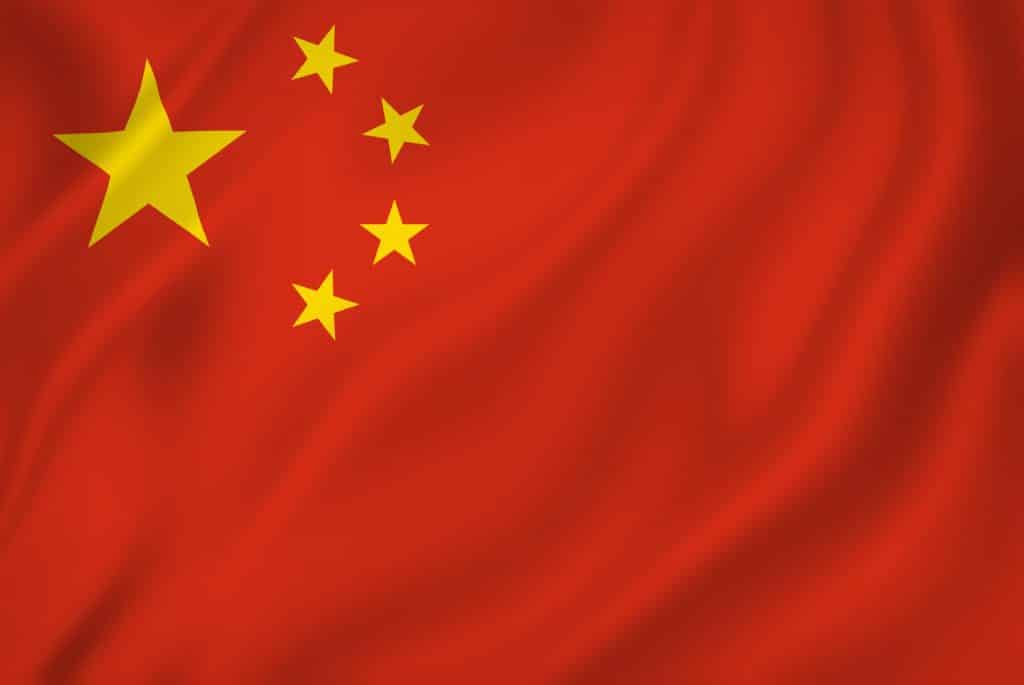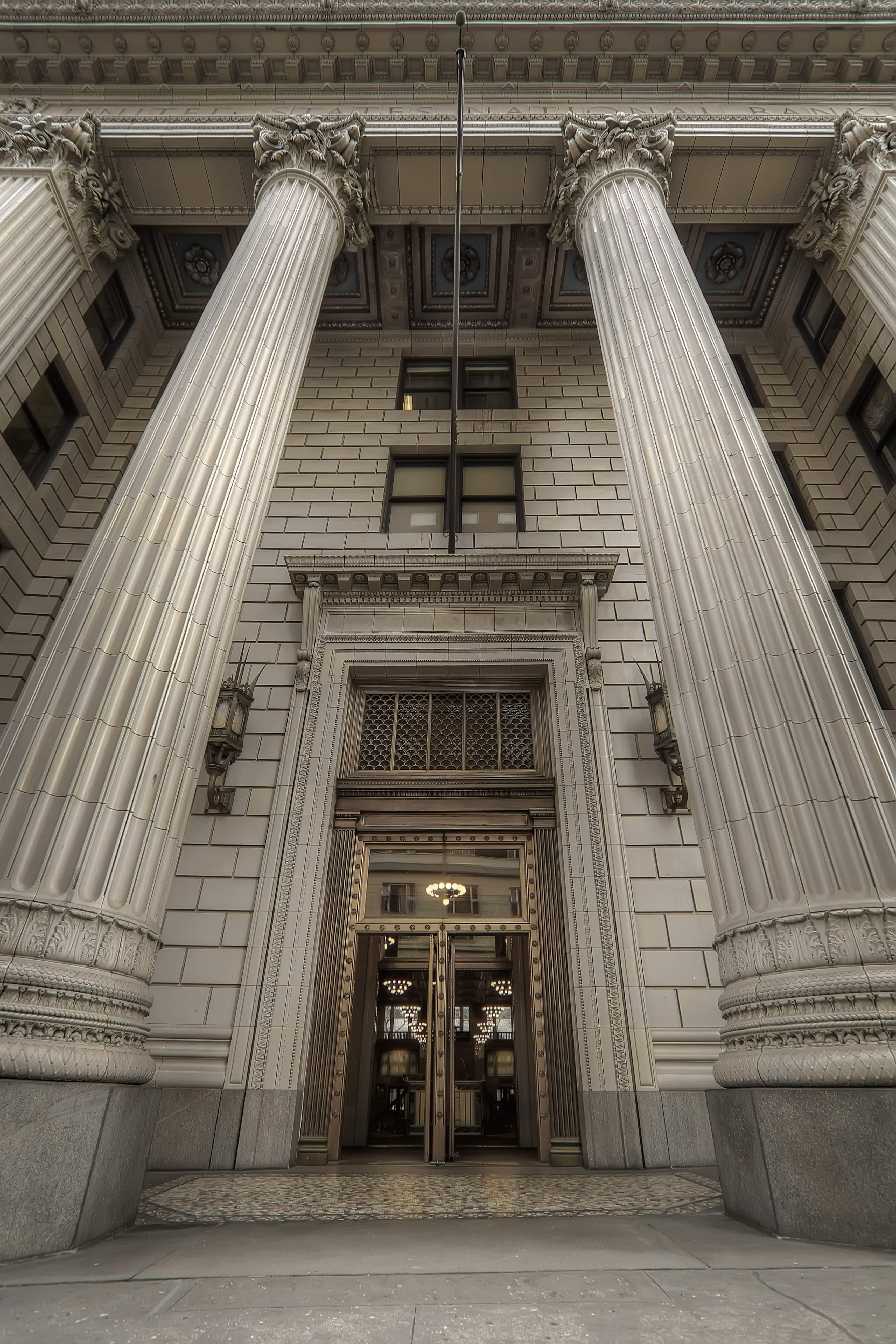[vc_row][vc_column][vc_column_text]The United States has long been regarded as the world’s leader in anti-bribery anti-corruption (ABAC) enforcement. Now China has joined the ranks of countries who have followed U.S. lead by creating their own ABAC laws.
President Xi Jingping’s anti-corruption campaign has been swift and comprehensive in tackling corruption. According to data from the Chinese Central Commission from Discipline, the organization charged with rooting out corruption, since 2013 over 1 million party officials have received disciplinary actions for corruption related charges. Over 240 high level officials, have been investigated for corruption, 230 of them receiving disciplinary action and 105 charged with criminal prosecutions.
According to China’s Communist Party spokesperson, Tuo Zhen, “The anti-corruption campaign has gathered unstoppable momentum” and that as a result, officials in China “dare not” engage in corruption. Indeed the political ecosystem has changed rapidly since the 18th party congress in 2012. Behaviors such as selling official titles and trading power for money have been curbed, and more officials are promoted based on practical experience and on their merits.
Anti-Corruption Policy’s Impact on the Public
Xi Jingping has established himself as China’s most powerful leader since Mao. So much so that Xi Jingping’s thoughts on socialism with Chinese characteristics, put forth in October 2017 at the 19th Communist Party Congress, have now been enshrined into Chinese law. China’s anti-corruption campaign has enjoyed wide public support because it has been so sweeping and indiscriminate in its targeting of both “tigers” and “flies,” high- and low-level officials. There has been no love lost for China’s rampant corruption, marked by economic problems, shoddy workmanship, and environmental pollution. For the first time ever, people in China are noticing a fundamental shift in culture and a significant rise in the quality and efficiency of services provided by its public institutions.
Making anti-corruption part of the Constitution
There is, of course, some discussion about the motivation behind China’s anti-corruption policies. As a response, the Chinese government this coming March will enshrine in its Constitution the creation of a new National Supervision Commission that merges under one roof various anti-corruption tools and powers of the Communist Party Central Commission from Discipline and the central government. This two-pronged approach by the government to continue its rigorous fight against corruption uninterruptedly and to codify processes and procedures into law will make fighting corruption more predictable and less susceptible to political volatility.
Can China’s campaign serve as model to other emerging economies?
We have already seen a ramping up of anti-corruption efforts on a global scale, most famously in Latin America where Brazilian and other Latin American governments have vigorously gone after politicians and business executives implicated in the Odebrecht scandal. Yet most of these governments, while not fully consolidated democracies, are multi-party elected representatives. The charge has always been that in uncontested one-party state regimes such as China, fighting corruption would be near impossible. Yet China has proved that theory wrong. China’s successful anti-corruption campaign shows that corruption doesn’t necessarily have to be linked to democratic principles. Indeed, China has shown that corruption can simply be fought on economic grounds. As an unelected government, Chinese politicians maintain their legitimacy through high economic growth policies, and one of the biggest impediments to economic growth is corruption. China’s campaign demonstrates how fighting corruption makes both economic and political sense. Countries with non-democratic governments seeking to maintain high growth policies and the continued support of their citizenry may soon follow China’s lead.
What does this mean for global companies?
The serious pursuit of rooting out corruption in both emerging economies and the developed world means that companies wanting to engage in corruption have fewer and fewer places to hide. Additionally it means that companies can no longer tolerate weak compliance systems for their operations in emerging economies. Focusing compliance resources with the expectation that only countries like the US, UK, or France will enforce their corruption laws will have serious negative consequences as anti-corruption enforcement continues to build momentum on a global scale. The good thing about this culture shift around corruption is that companies who have long invested in compliance and abided by corruption regulations can finally be rewarded for playing by the rules. And as those rules become even more predictable and enshrined into law, it should be easier to reduce risk by implementing appropriate compliance systems and procedures.
Conclusion
The case of modern China shows that determined, bold and focused leadership can quickly and forcefully root out corruption, to the benefit of ordinary citizens and the business climate. As the anti-bribery anti-corruption landscape shifts, it is important for businesses to rise to meet the changing expectations of the global compliance landscape. By working alongside an experienced ABAC compliance provider who understands international risks and offers full solutions to managing your third-party business partners, you can empower your key decision makers to act strategically and confidently. Steele’s full-service solutions can be adapted to any stage of your businesses compliance program; to help you meet the challenges of the changing global landscape.[/vc_column_text][/vc_column][/vc_row][vc_row css=”.vc_custom_1534350039193{padding-top: 30px !important;padding-bottom: 30px !important;background-color: #dce8f0 !important;}”][vc_column][vc_row_inner el_class=”row”][vc_column_inner width=”1/4″][vc_single_image image=”2147″ img_size=”full”][/vc_column_inner][vc_column_inner width=”3/4″][vc_column_text]What steps can Western companies take in order to manage the third-party vendor risks that stem from their operations in China ? Read our whitepaper “Managing Third-Party Vendors in China” to learn more.[/vc_column_text][vc_btn title=”DOWNLOAD OUR WHITEPAPER” style=”custom” custom_text=”#4990e2″ shape=”square” align=”left” el_class=”cta-container” link=”url:https%3A%2F%2Fsteeleglobal.com%2Fmanaging-third-party-vendors-china%2F|||”][/vc_column_inner][/vc_row_inner][/vc_column][/vc_row]
 Back to Insights
Back to Insights



